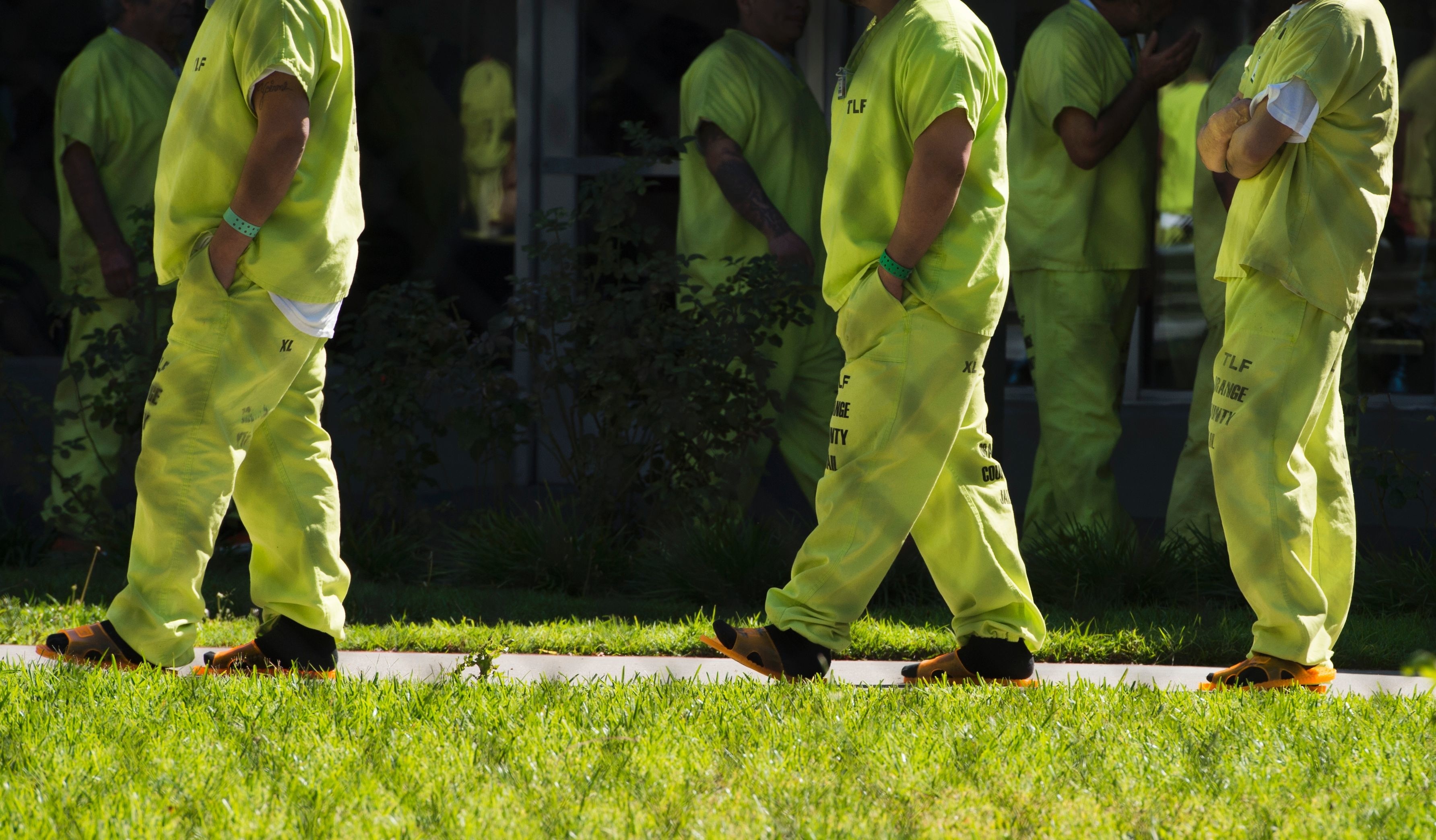Study: Private prisons result in more inmates, longer sentences

The ’80s and ’90s witnessed a rash of strict sentencing laws. Voters who lived through the rise of violent crime in the ’60s and ’70s offered full-throated support for such laws. Anxious to woo such voters, legislators hawked tough-on-crime rhetoric and passed ever-punitive legislation, such as Reagan’s creation of mandatory minimum sentences through the Anti-Drug Abuse Act of 1986.
In hindsight, the consequences are as obvious as they are unsettling. Stricter laws gave judges less latitude in sentencing, and prison populations skyrocketed across the country. By 1990, state prison populations reached 115 percent of their highest capacity. Unable to house their new charges, nor garner equally enthusiastic support for the taxes necessary to fund building new facilities, some states turned to for-profit prison companies to manage the influx. As of 2019, 28 states incarcerate people in for-profit prisons.
Given this history, it’s not without irony that a new study published in Labour Economics found privately-run prisons don’t help states manage incarceration. The presence of such prisons may actually increase the number of incarcerated individuals as well as their sentence lengths.

A chart showing prison population rates (per 100,000 people) in 2018. The United States has the highest rate of incarceration in the world.(Photo: Our World in Data)
Researchers at Washington State University sought to determine how the availability of private prisons affected rates of incarceration in the United States. To answer that question, they performed a regression analysis on state and individual data from 1989 to 2008. Their analysis revealed a positive correlation.
As the number of private-prison beds increased per capita, so too did sentence lengths and the number of incarcerated people per capita. All told, the increase was 178 prisoners per million population per year. That comes to a taxpayer-funded bill between approximately $2-10 million annually—assuming those additional prisoners are housed in privately-run facilities. When it comes to increased sentence lengths, Gregmar Galinato, a professor in WSU’s School of Economic Sciences who co-authored the study, notes that not all crimes are judged equally.
“For crimes like property damage, fraud, or non-violent drug crimes—crimes where judges have more leeway in sentencing—states saw higher sentencing rates and significant increases in sentence lengths when private prisons were established,” he said in a release.
The researchers advanced two potential explanations for this interstate discrepancy. The first is good old-fashioned corruption. In states where they operate, for-profit companies can incentivize legislators to push for stricter sentencing laws and bribe judges to inflate sentence lengths.
A haunting modern example is the “Kids for Cash” scandal. In 2007, the Juvenile Law Center began receiving reports that hundreds of Pennsylvania juveniles were being tried and sentenced without defense lawyers present as representation. An investigation revealed that Robert Powell, a co-owner of two private juvenile prisons, was paying off two judges to return guilty verdicts and severe sentences to bolster incarceration at his facilities.
The second explanation is simply the availability of prison beds. As Galinato explains, judges become more hesitant to send non-violent offenders to prison in states where capacity is a concern. However, privately-run prisons reduce such concerns, making it easier for judges to mete out harsher punishments.
I worked in the prison system for 5 years. Here’s what it does to a person. | Bishop Omar Jahwarwww.youtube.com
The Labour Economics study suggests that privately-run prisons do convicts a few favors at the moment of sentencing. However, proponents of private prisons often point to other benefits when making their case. Specifically, they argue that private prisons reduce operating costs, stimulate innovation in the correctional system, and reduce recidivism—the rate at which released prisoners are rearrested and return to prison.
In regard to recidivism, the research is mixed. One study compared roughly 400 former prisoners from Florida, 200 released from private prisons and 200 from state-run facilities. It found the private-prison cohort maintained lower rates of recidivism. However, another Florida study found no significant rate differences. And two other studies—one from Oklahoma and another out of Minnesota, both comparing much larger cohorts than the first Florida study— found that prisoners leaving private prisons had a greater risk of recidivism.
The research is also inconclusive regarding cost savings. A Hamilton Project analysis noted that such comparisons are difficult because private prisons, like all private companies, are not required to release operational details. In comparing what studies were available, the authors estimate the costs to be comparable and that “in practice the primary mechanism for cost saving in private prisons is lower salaries for correctional officers”—about $7,000 less than their public peers. They add that competition-driven innovation is lacking as the three largest firms control nearly the entire market.
“We aren’t saying private prisons are bad,” Galinato said. “But states need to be careful with them. If your state has previous and regular issues with corruption, I wouldn’t be surprised to see laws being more skewed to give longer sentences, for example. If the goal is to reduce the number of incarcerated individuals, increasing the number of private prisons may not be the way to go.”





